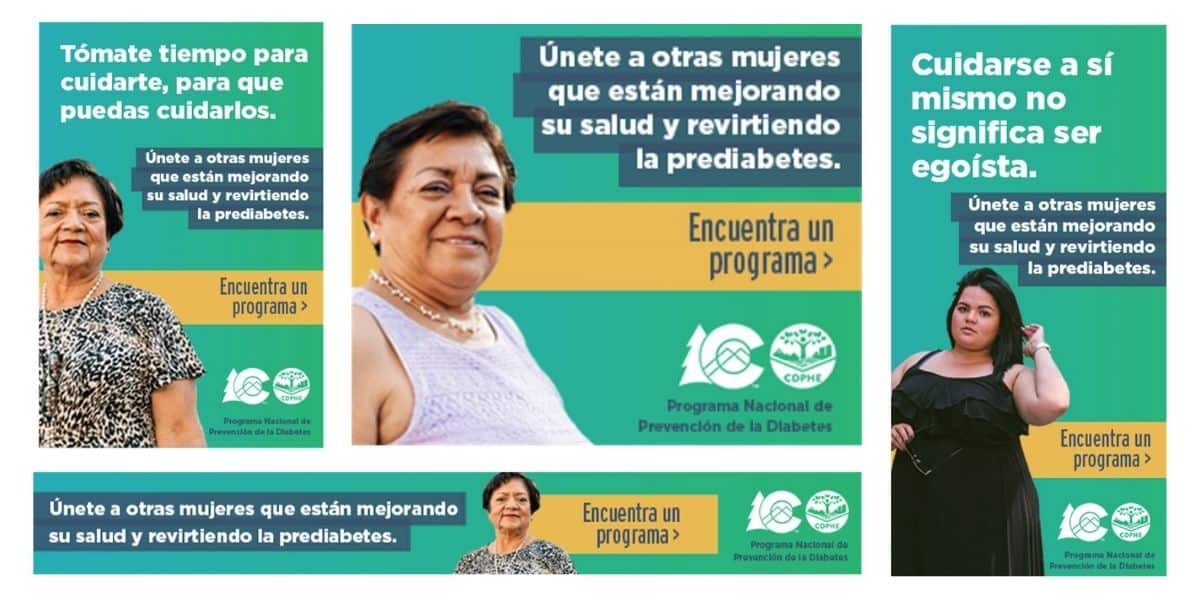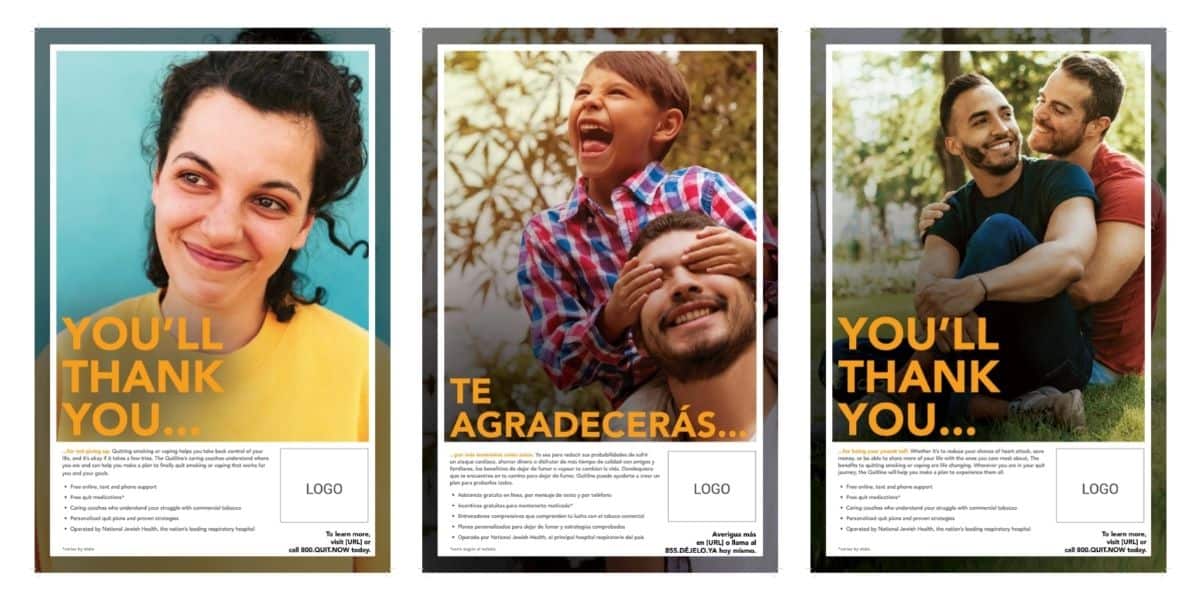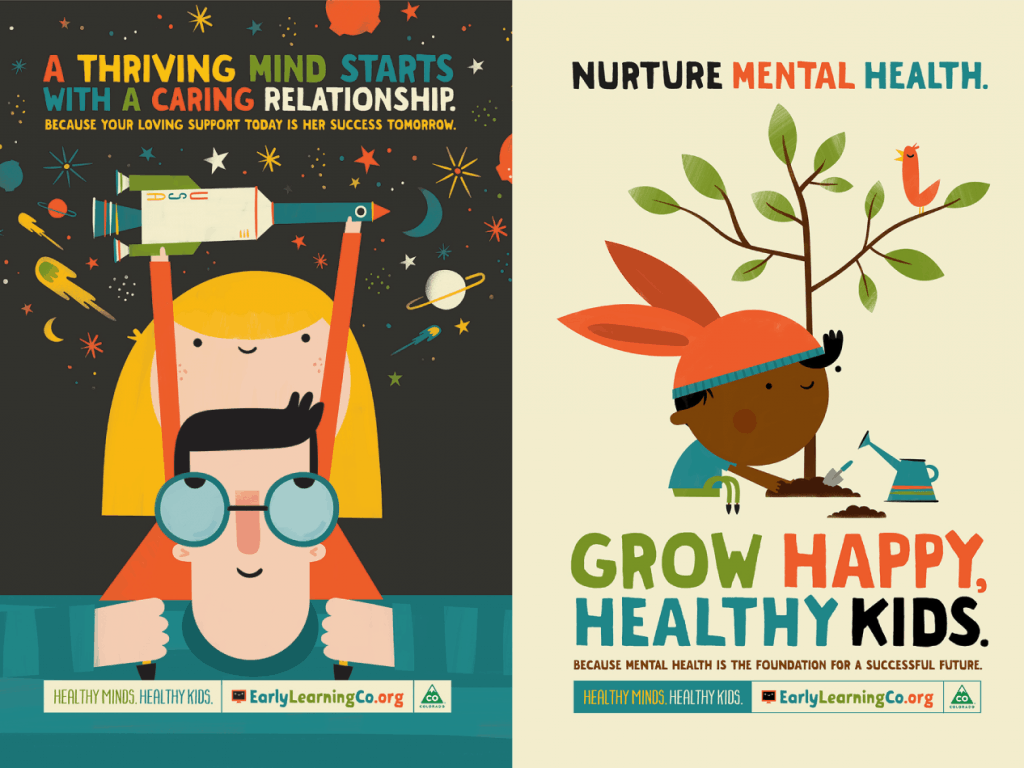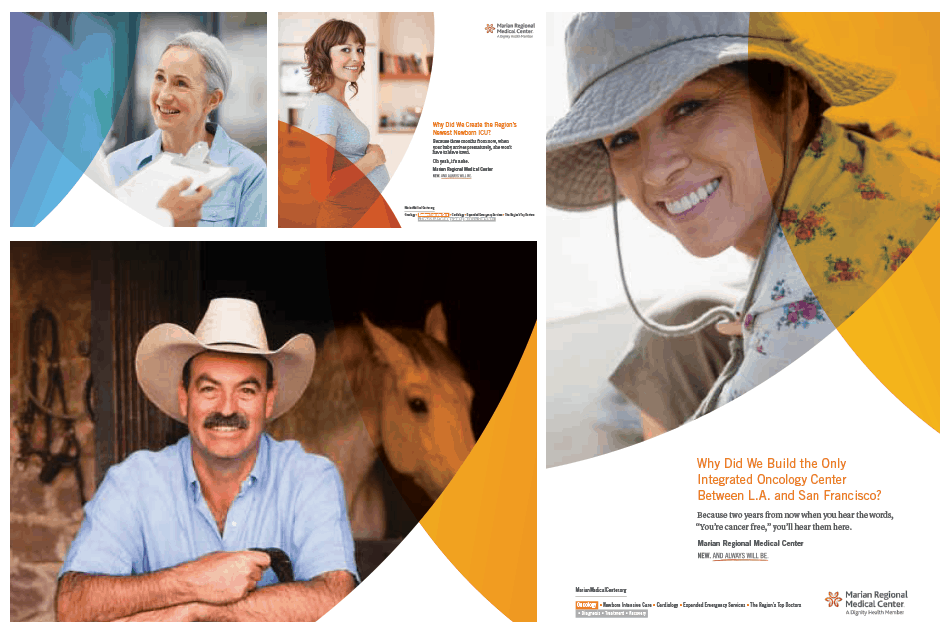
To effectively motivate people to act (to purchase, to change behavior, to participate, etc.), their values, beliefs and lifestyles must be reflected in the messages and communications strategies we use.
That’s why we were intrigued by a new segmentation of the U.S. Hispanic market, which takes a deeper look at “bicultural” consumers. Among U.S. Hispanics, 44 percent are bicultural, according to the Nielsen-Culturati Hispanic Panel Segmentation. Meanwhile, 37 percent are culturally Hispanic, and 19 percent are culturally American.
In a news release, Nielsen and Culturati, a market-research firm, announced this new “cultural intelligence” based on Nielsen’s consumer data and Culturati’s Hispanic market research.
Within the 44% bicultural segment, the project breaks out four market segments based on attitude:
- Latinistas (culturally Hispanic) are very traditional and Hispanic centered, as well as the least focused on blending cultures. One third of Latinistas are second or third generation and more than half prefer to speak Spanish, but can use English if needed.
- Heritage Keepers (bicultural), while somewhat progressive, are Hispanic centered and focused on preserving their heritage. Most (86 percent) Heritage Keepers are first generation Hispanics and prefer to speak Spanish.
- Savvy Blenders (bicultural) are very progressive, embrace diversity, and are focused both on preserving their heritage and blending cultures. Savvy Blenders are bilingual and their language preference is highly situational. While this segment has a strong second generation population, at 49 percent, it is quite diverse with first generation accounting for 29 percent and third generation accounting for 22 percent of the segment.
- Ameri-Fans (culturally American) are progressive with a diluted Hispanic heritage, and are closest to the average mainstream consumer. The majority (82 percent) is second or third generation and prefers to speak in English.
As the population continues to grow, these distinctions may help communicators and marketers move beyond reliance on language and demographics to target their messages, offering greater insight on how to move and motivate the diverse groups that comprise the U.S. Hispanic market.





